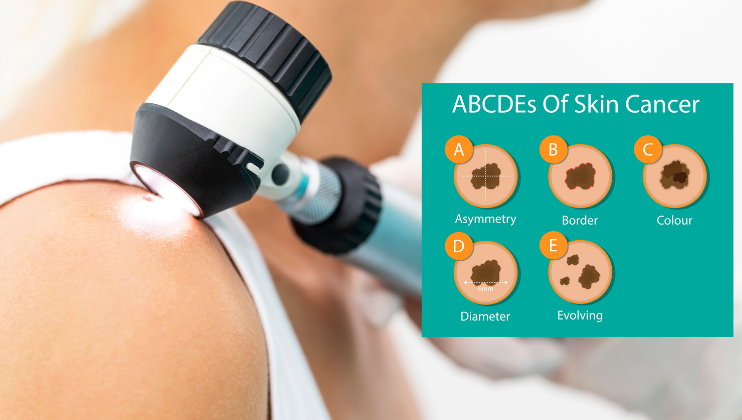We are more aware of the dangers of the sun than ever before, knowing how important it is to cover up and apply sun cream. But despite this, skin cancer rates continue to increase – particularly melanoma, one of the most aggressive forms of skin cancer, which can spread to other organs in the body if left unchecked.
There is no such thing as a healthy tan, because a tan is caused by UVA radiation penetrating to the lower layers of the epidermis where blood vessels and nerves are found, causing skin cells to develop abnormally. Just because someone doesn’t burn in the sun does not mean that they are protected against skin cancer and associated problems.
Now, as temperatures rise throughout summer, we have looked at the different types of skin cancer and how to spot them.
Basal cell carcinoma and squamous cell carcinoma can usually be completely cured with simple treatment or minor procedure. But melanoma behaves differently. It grows quickly and needs to be treated early.





